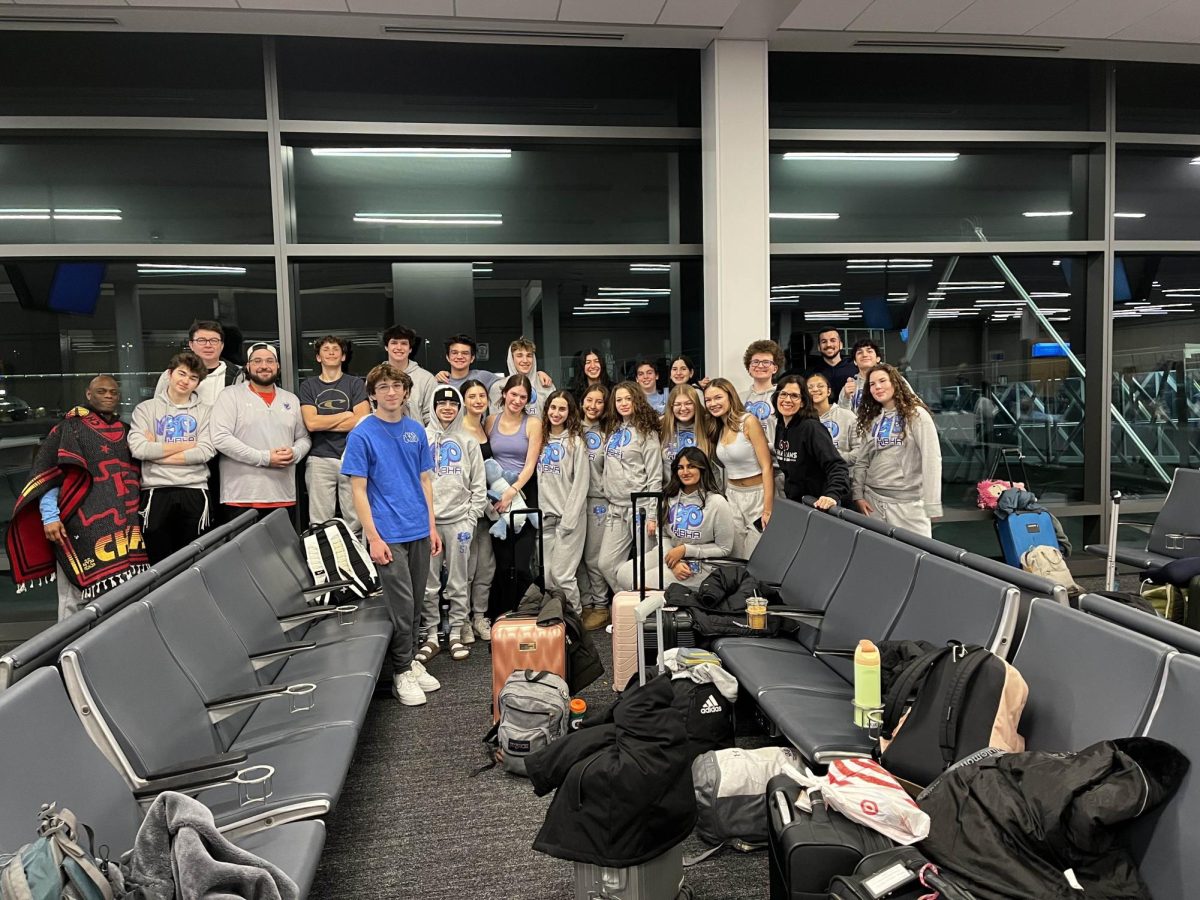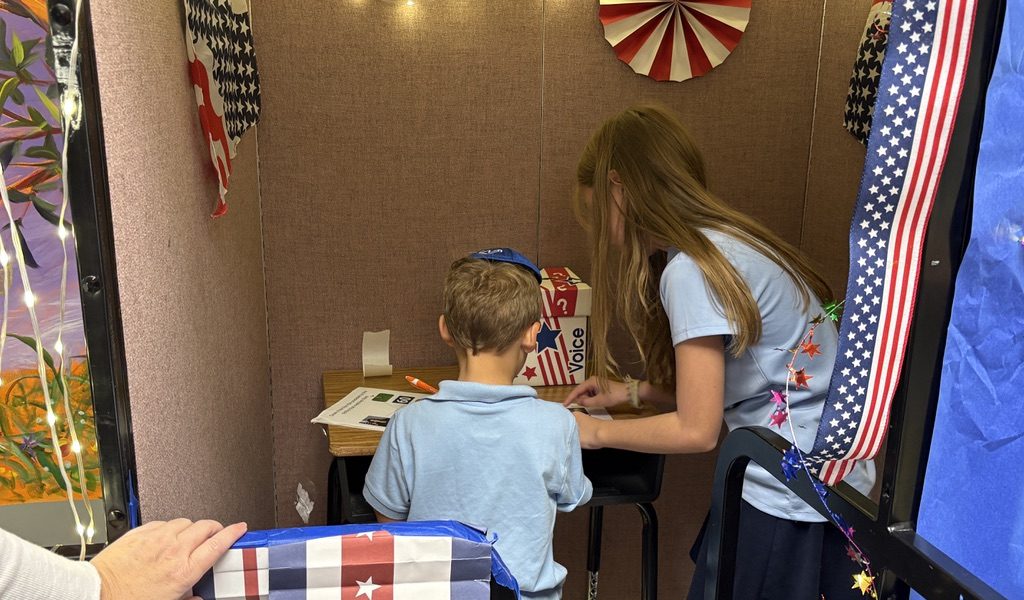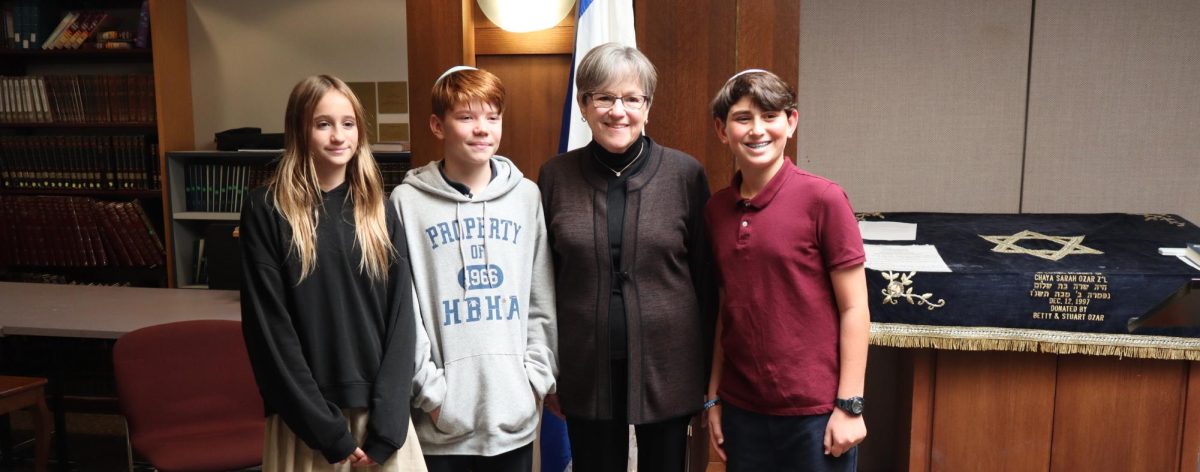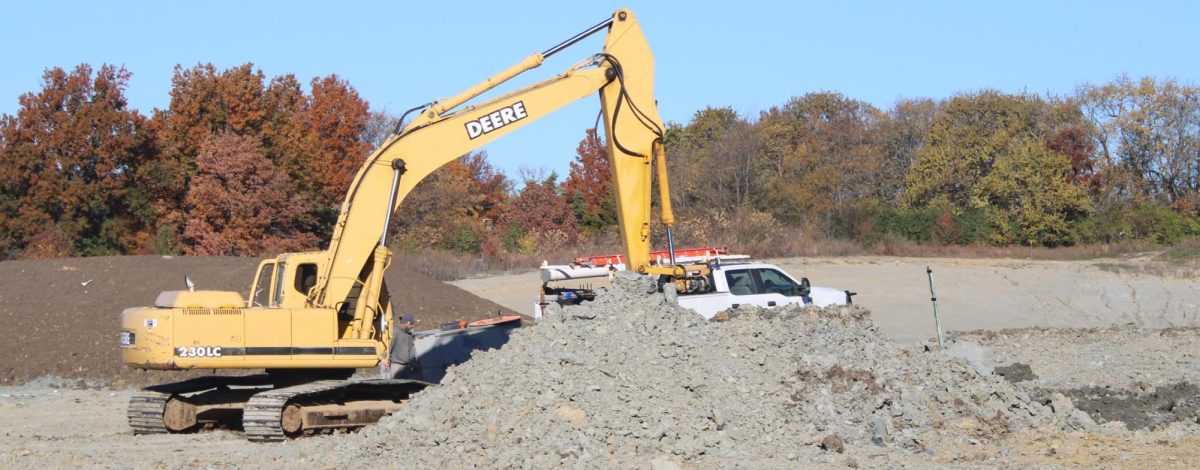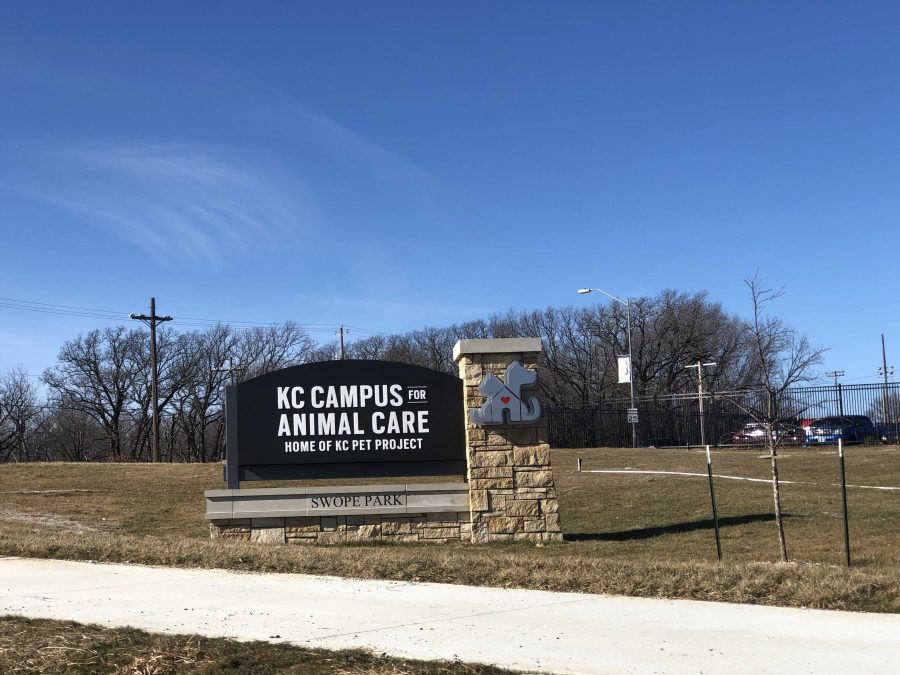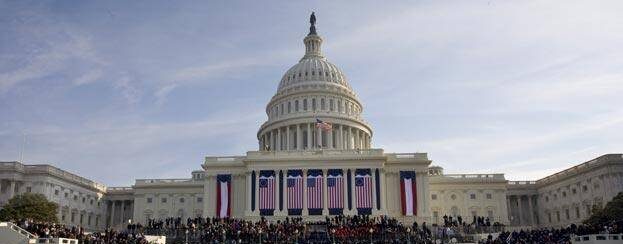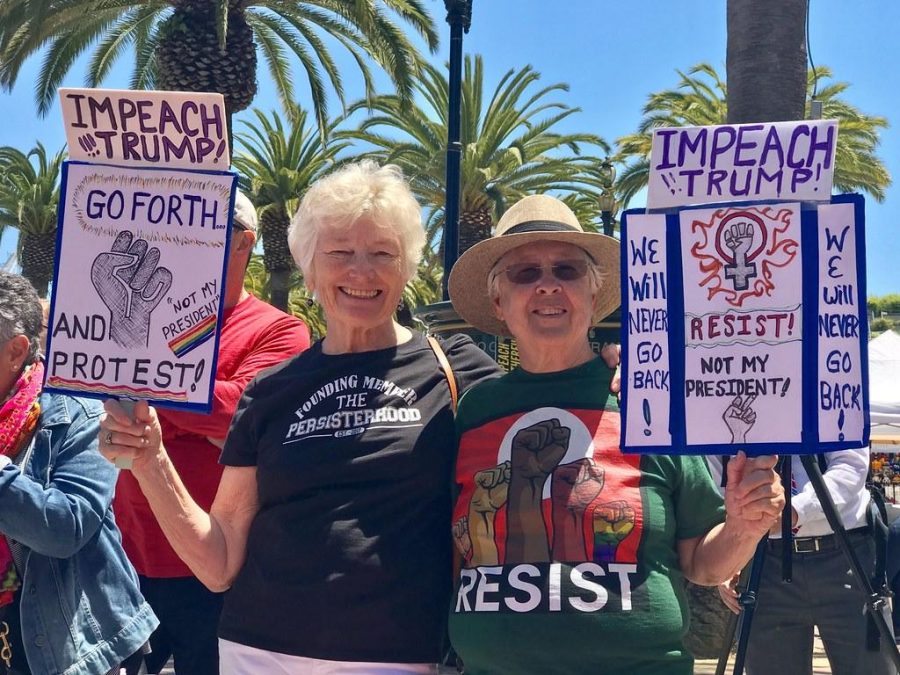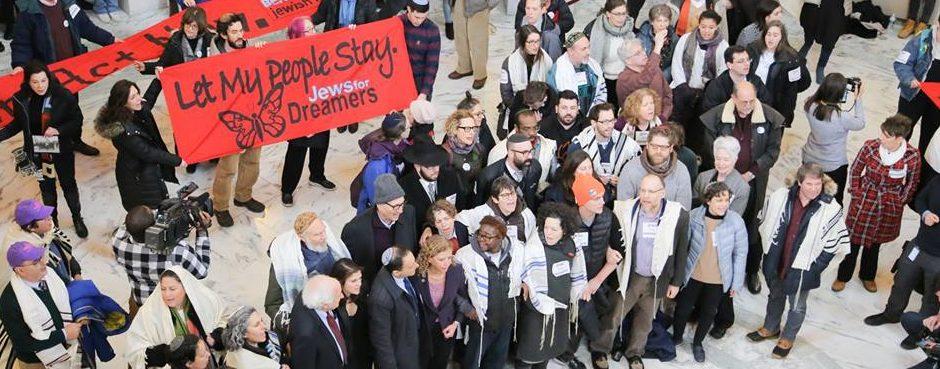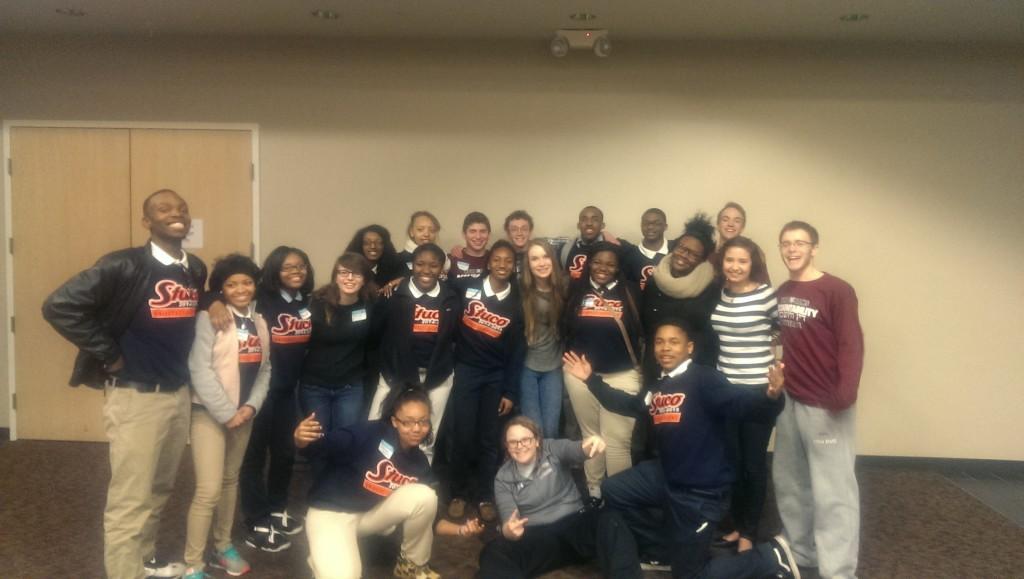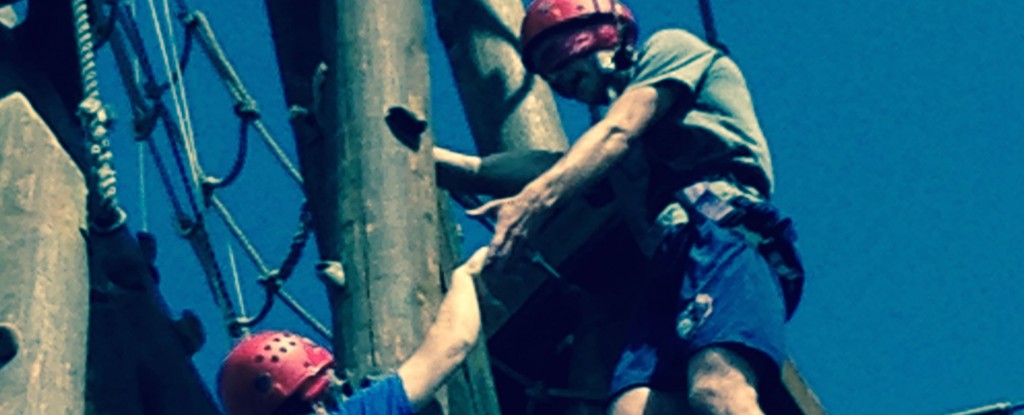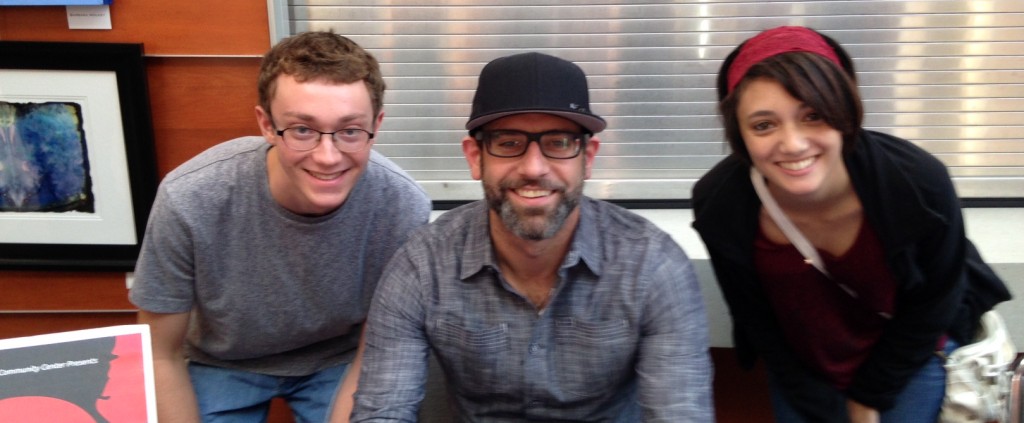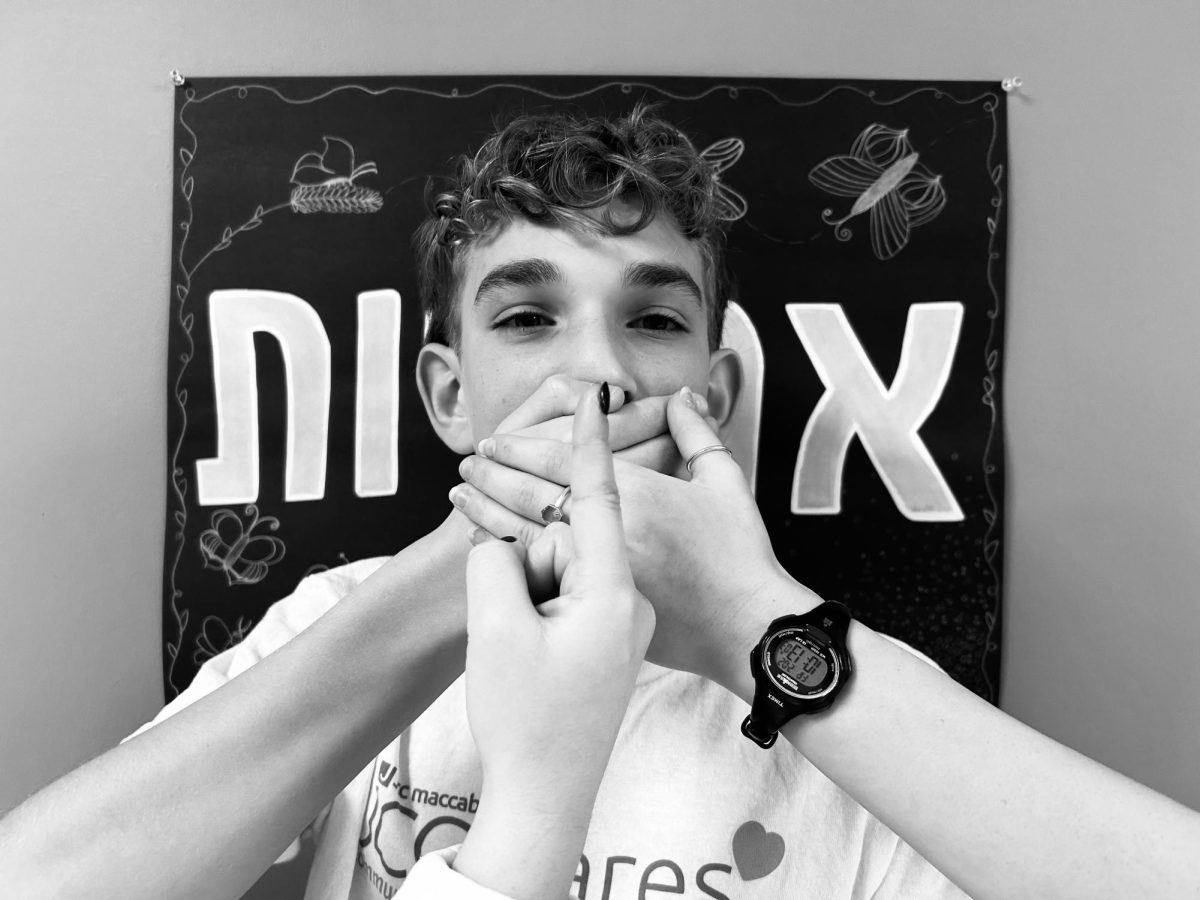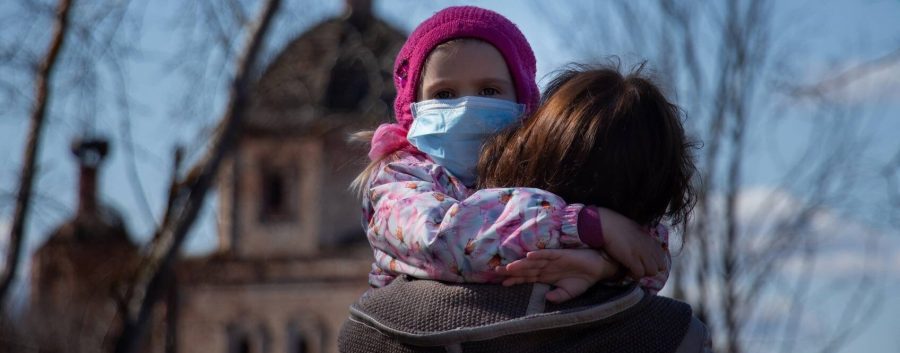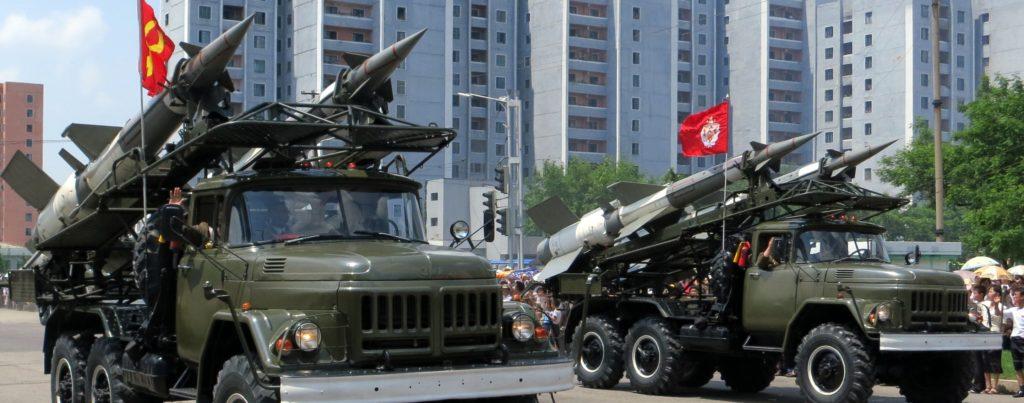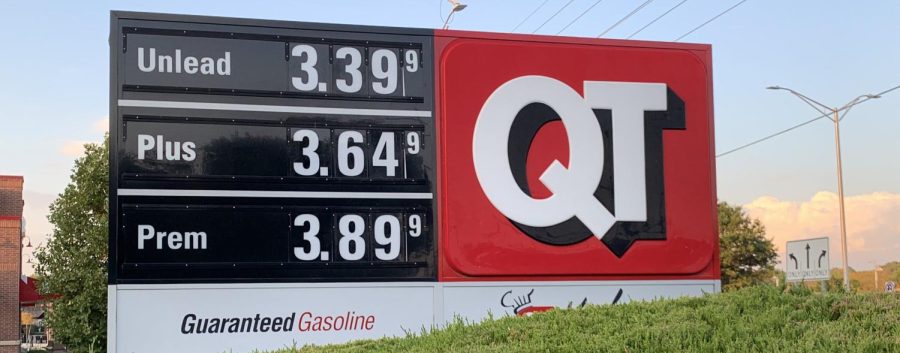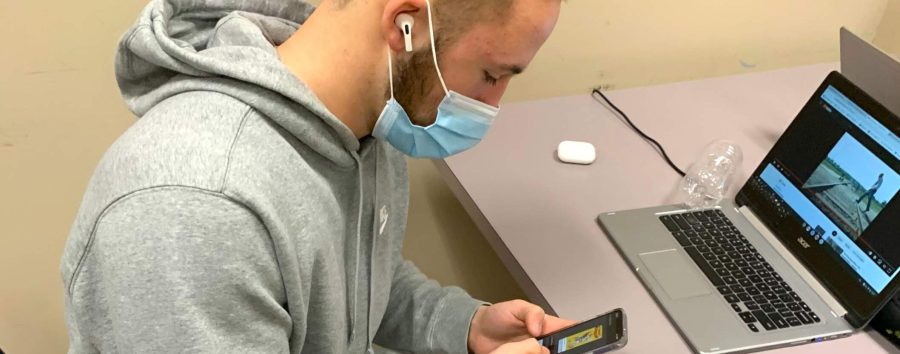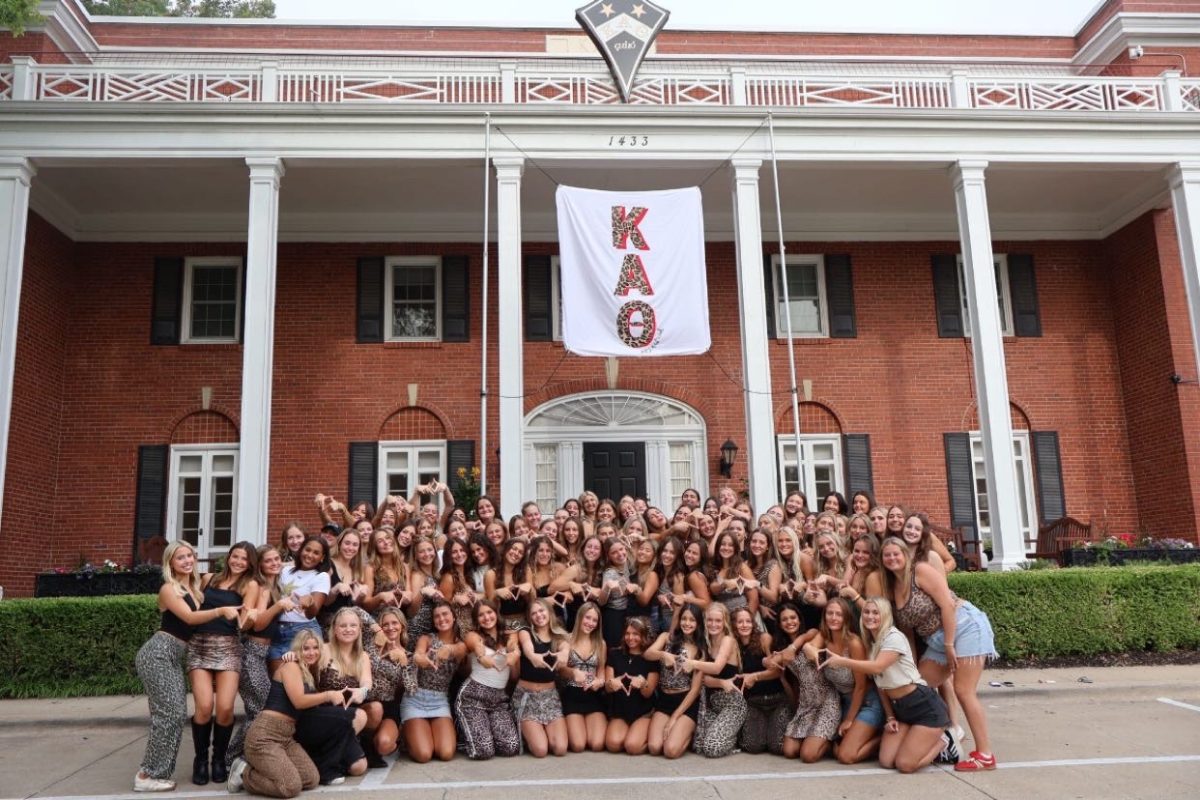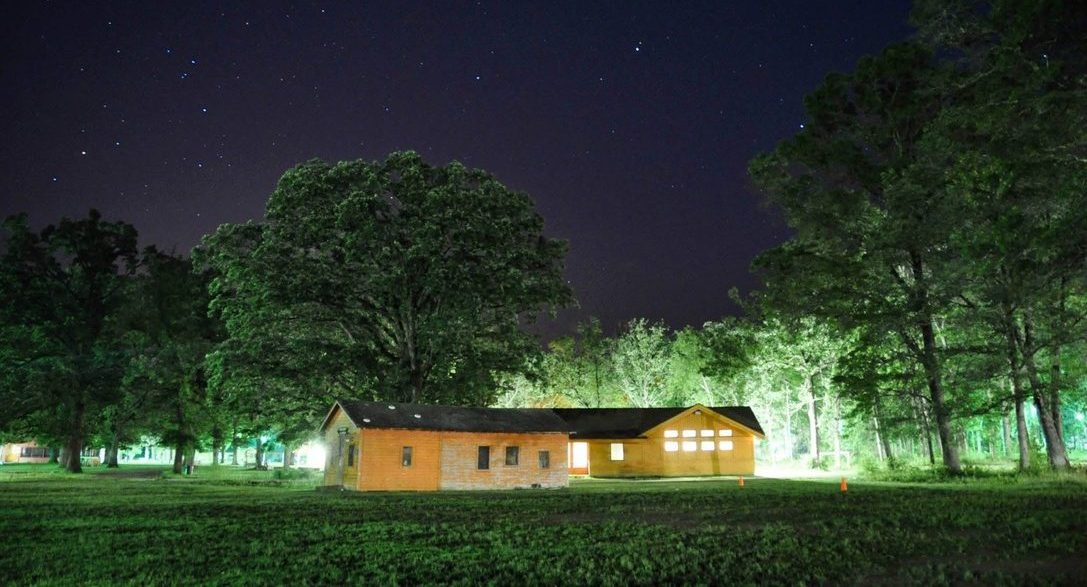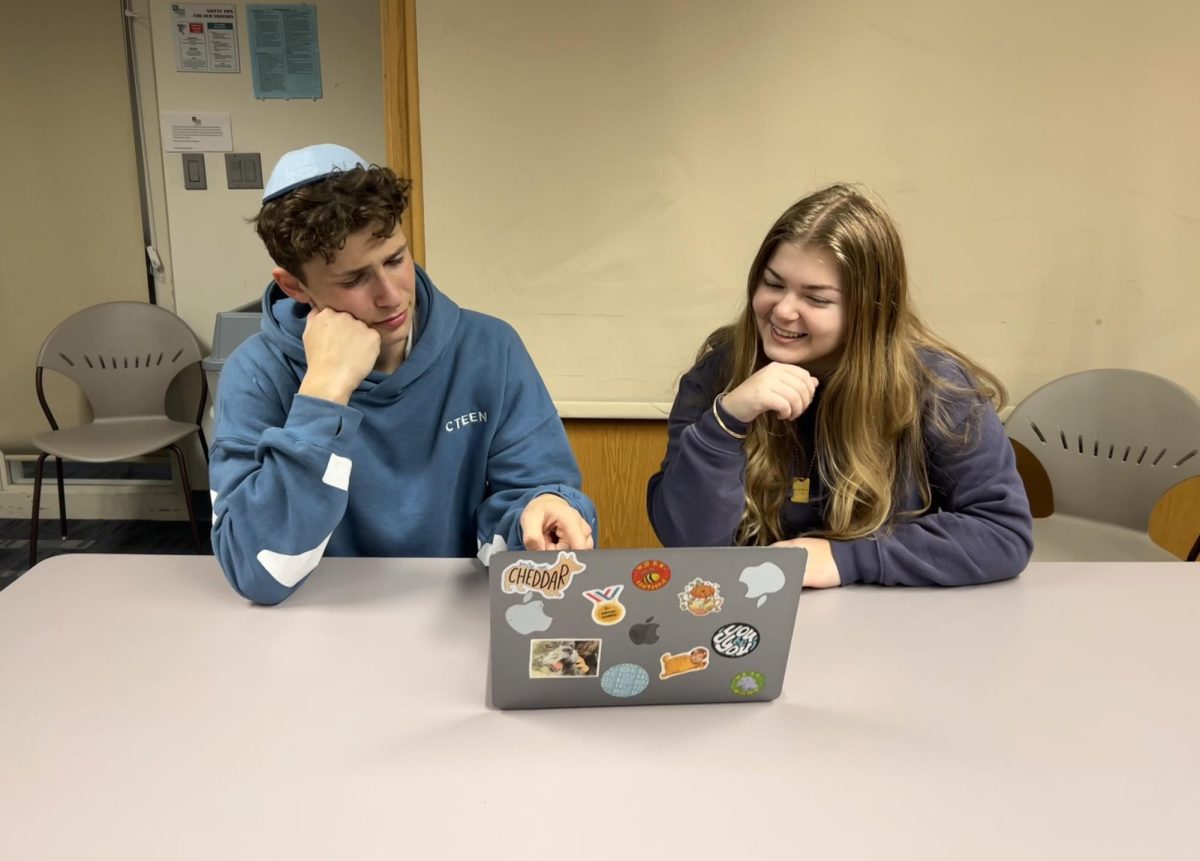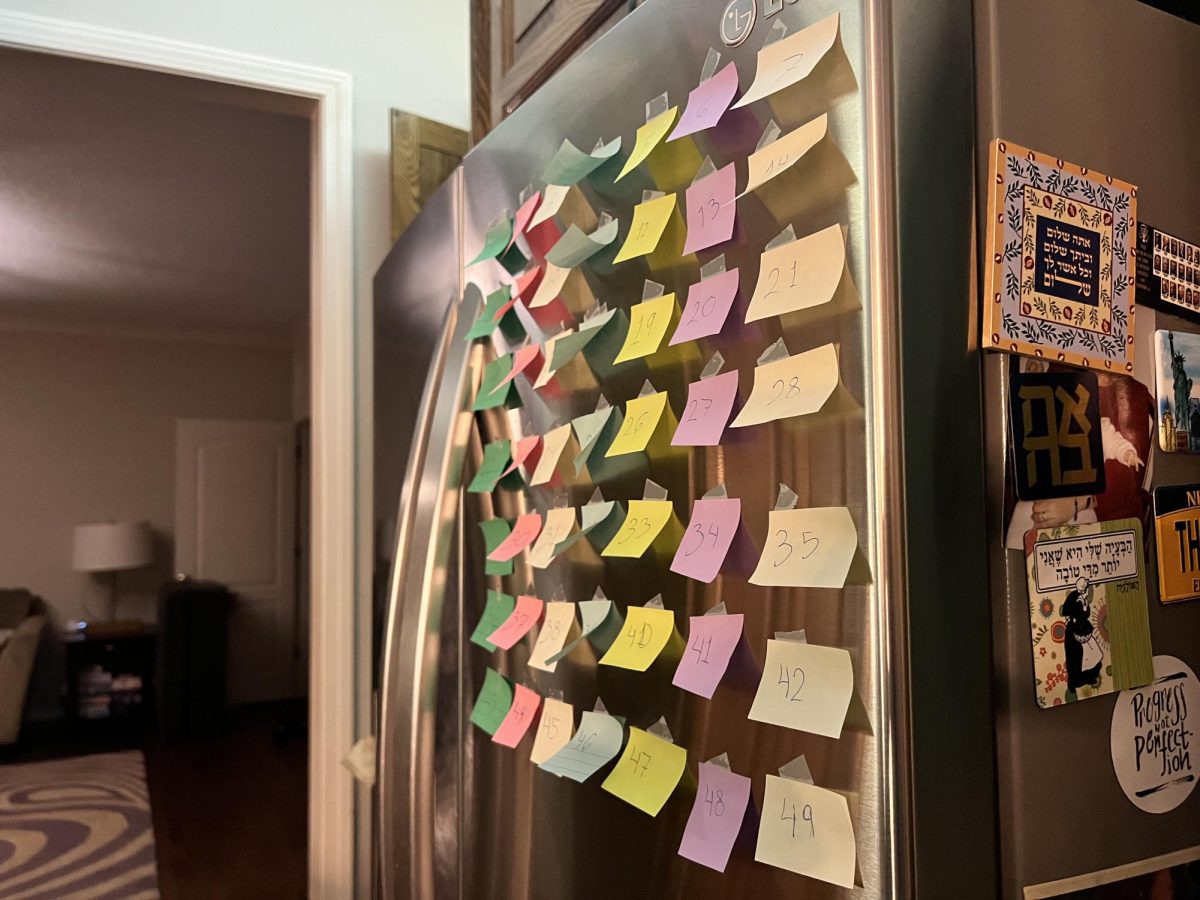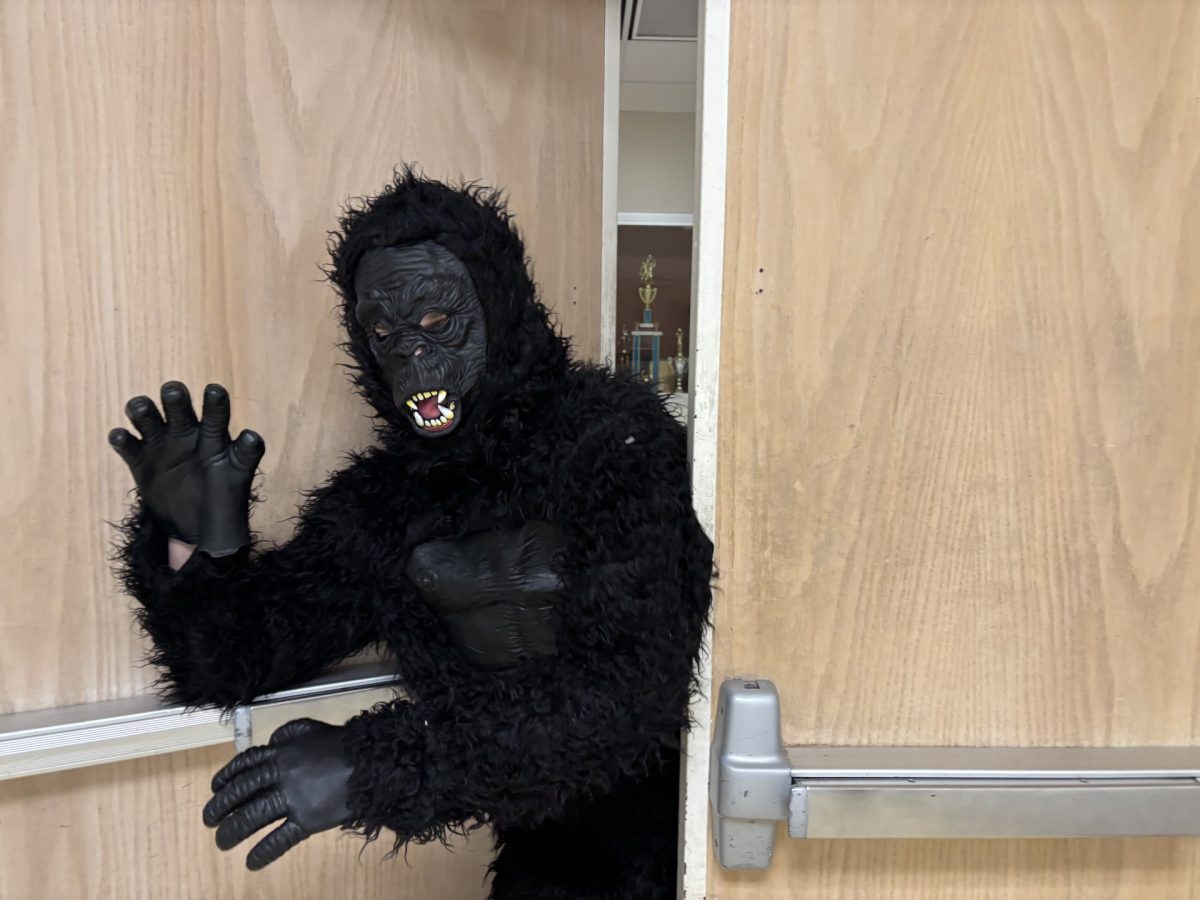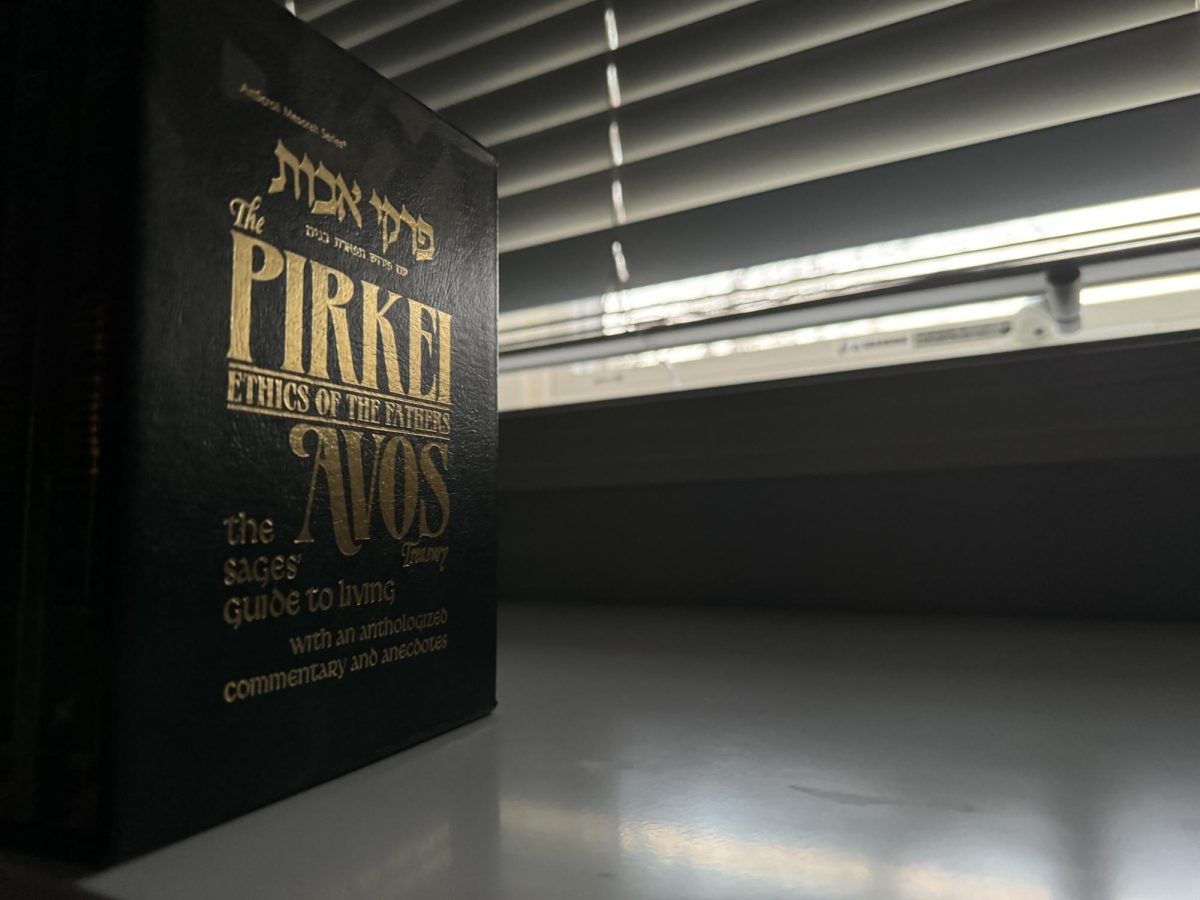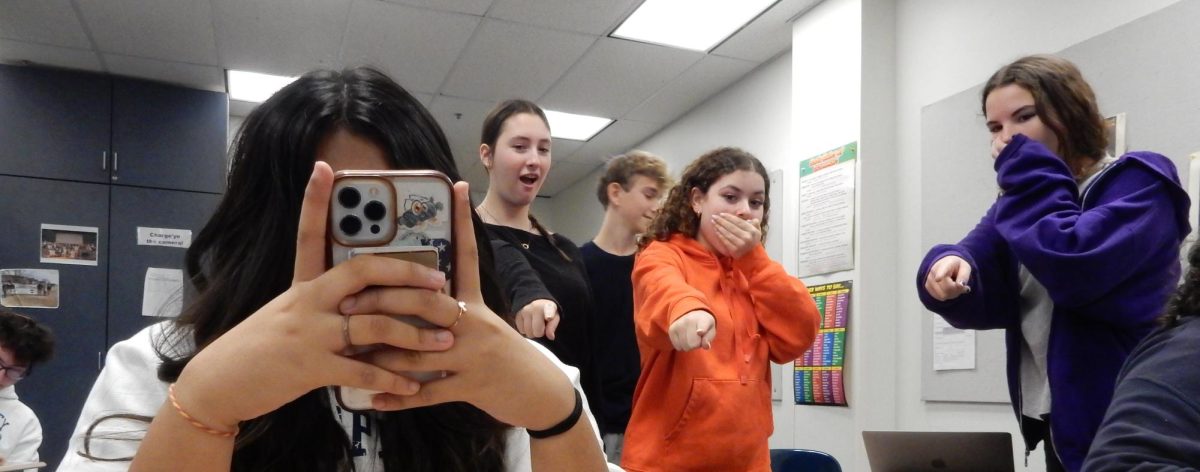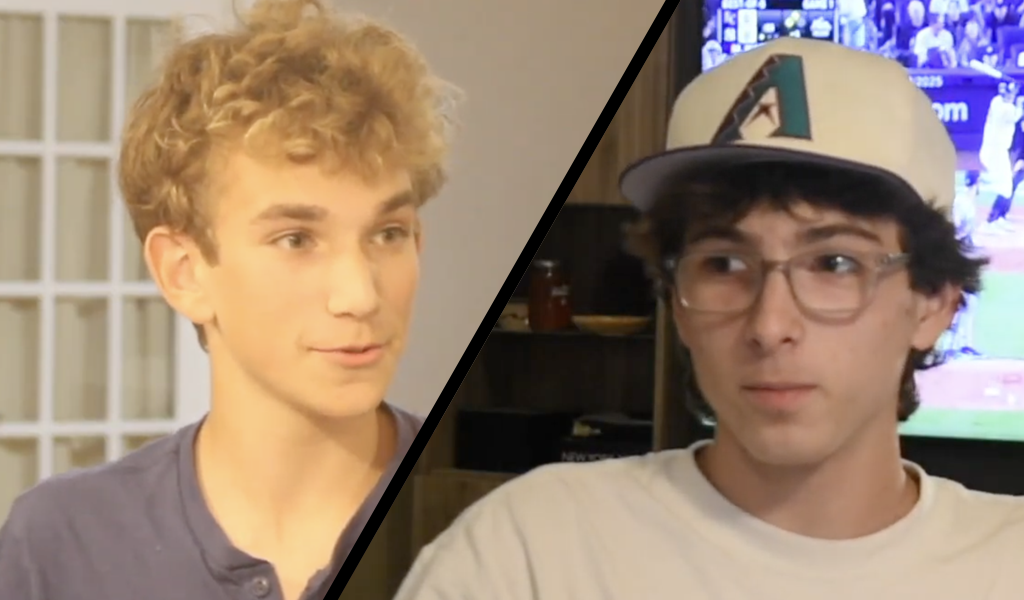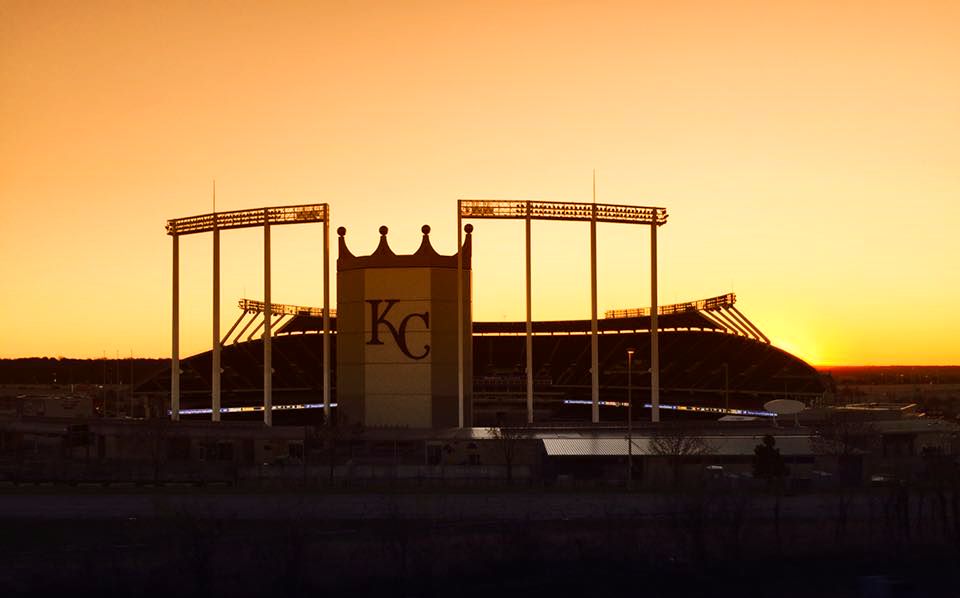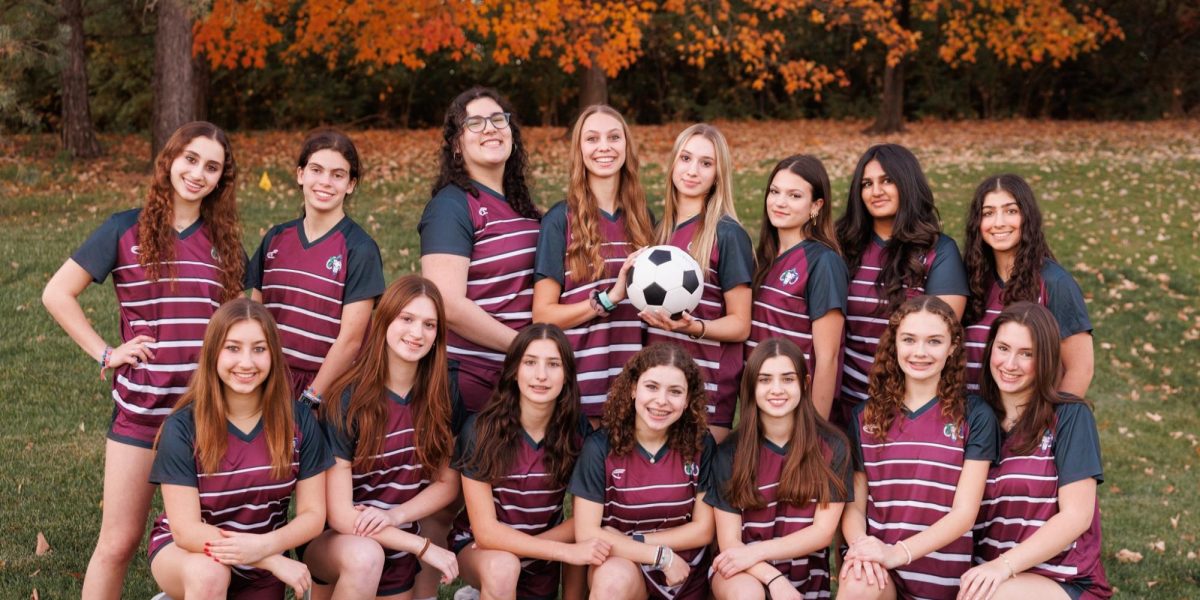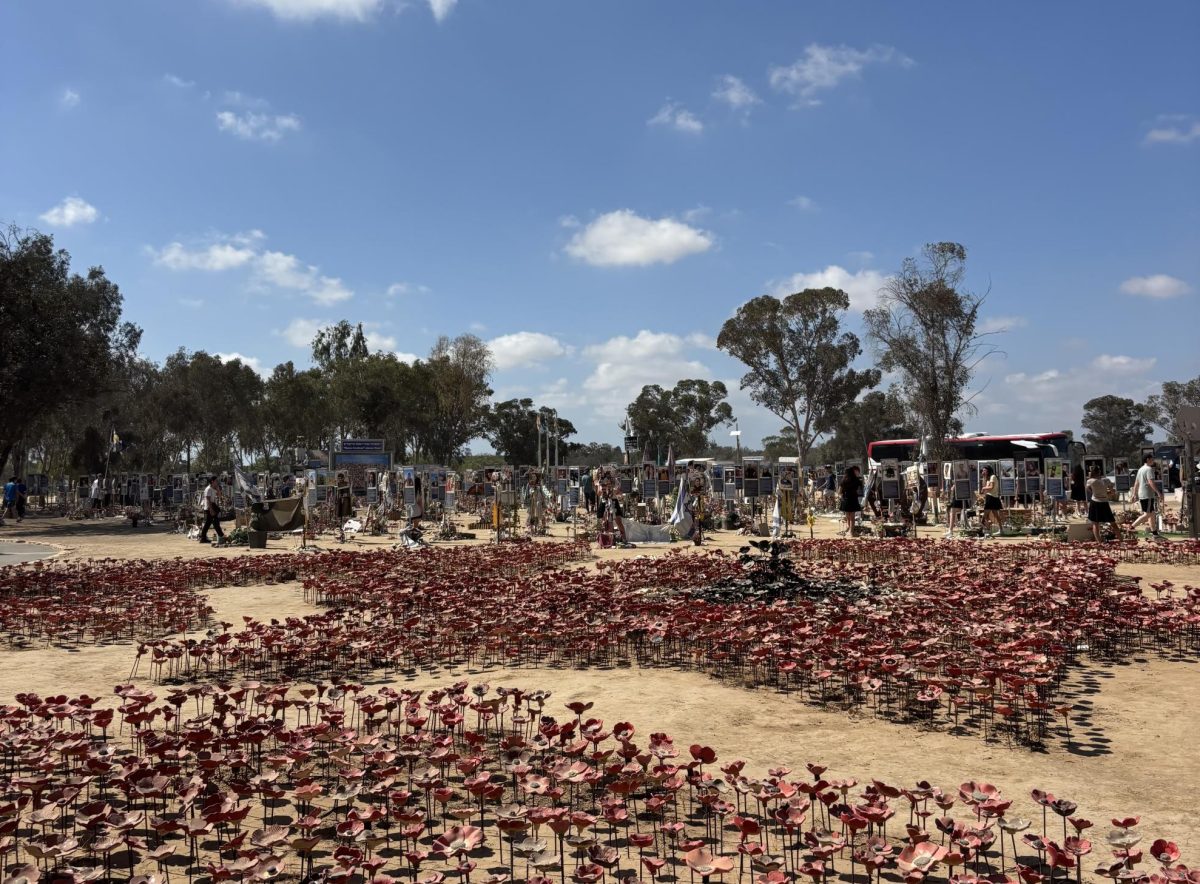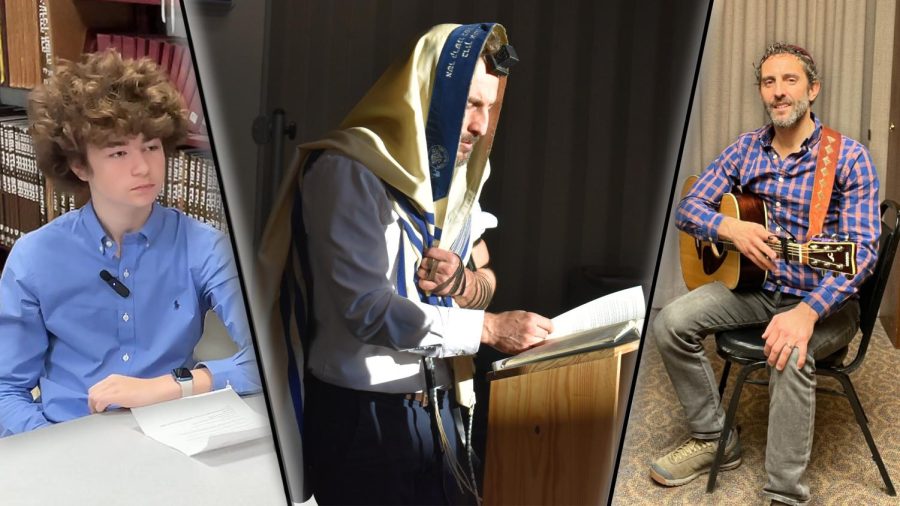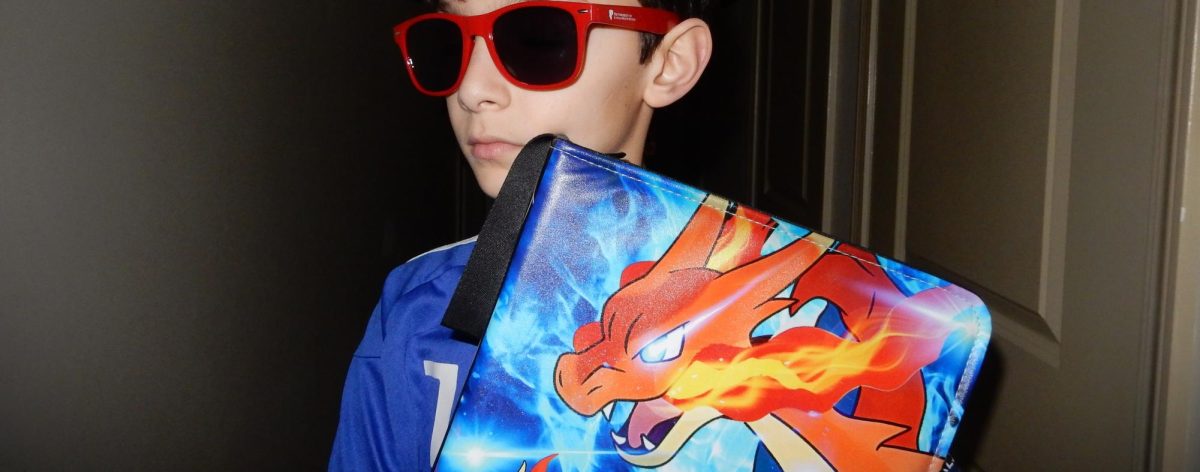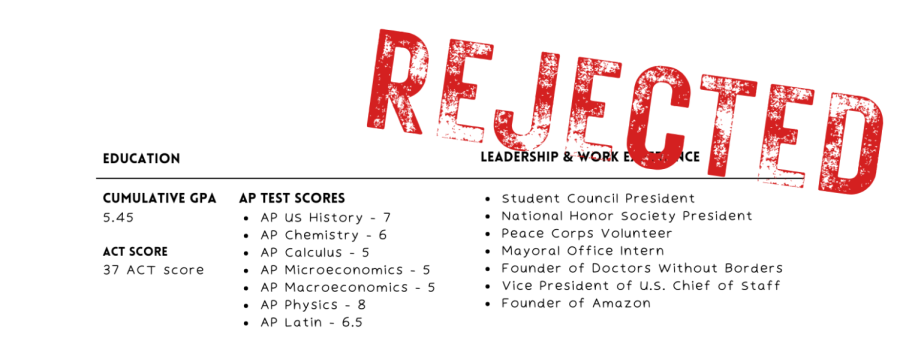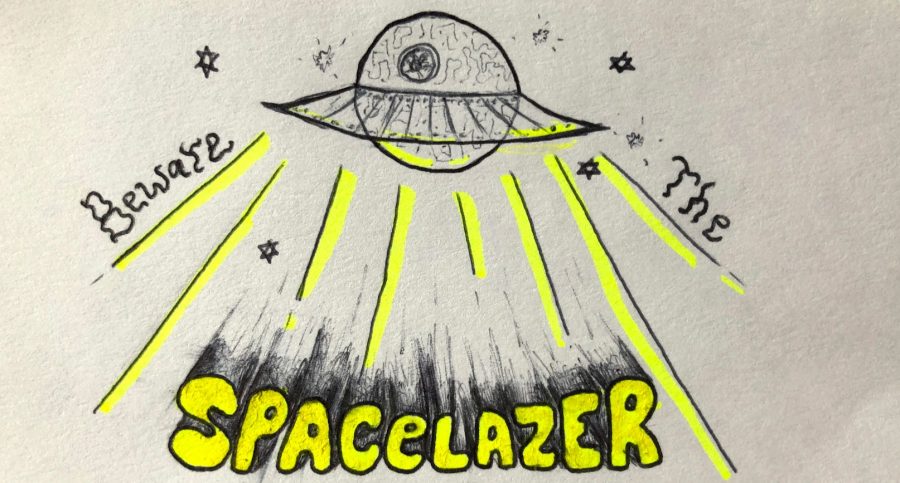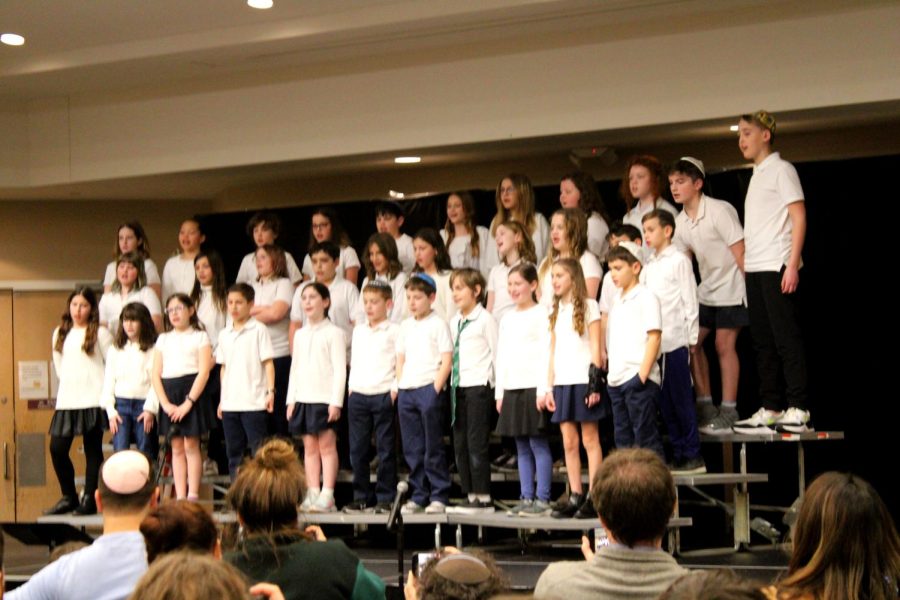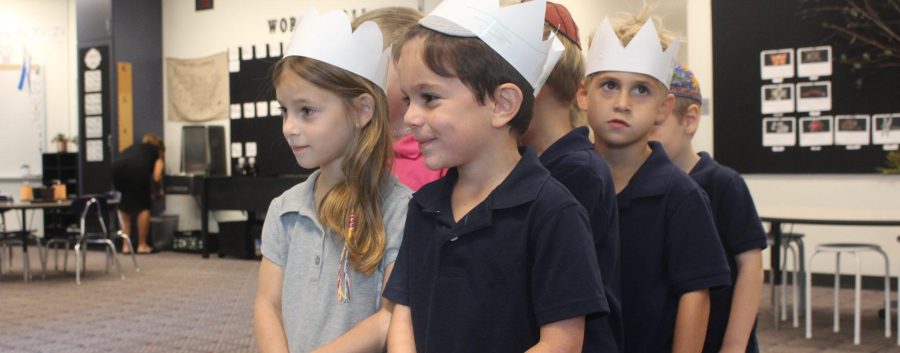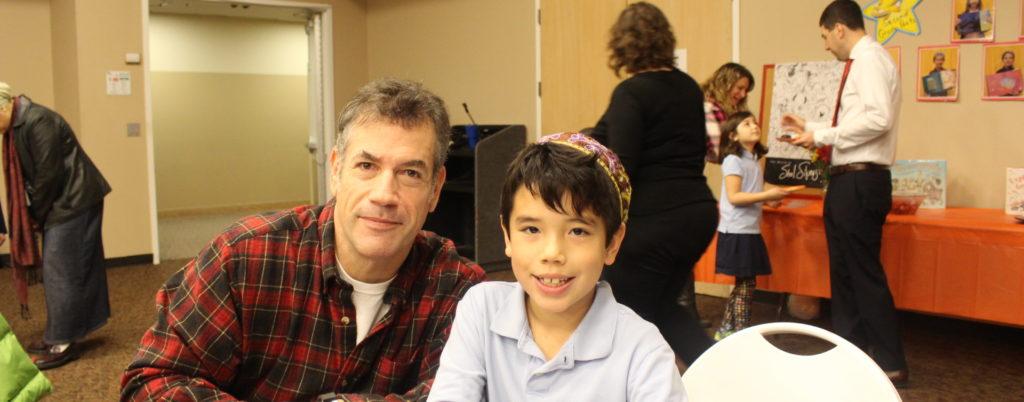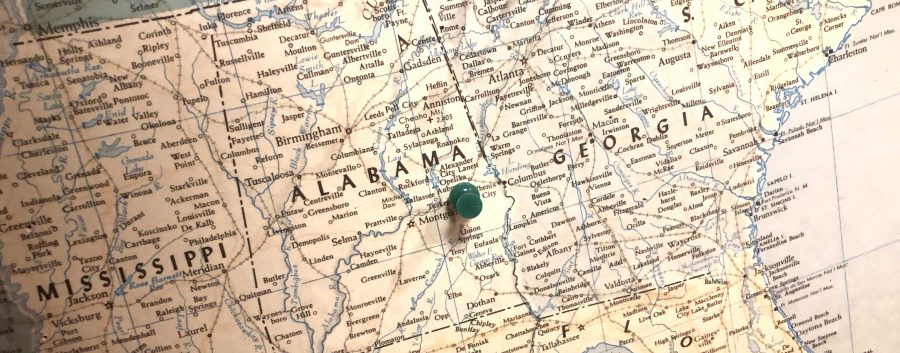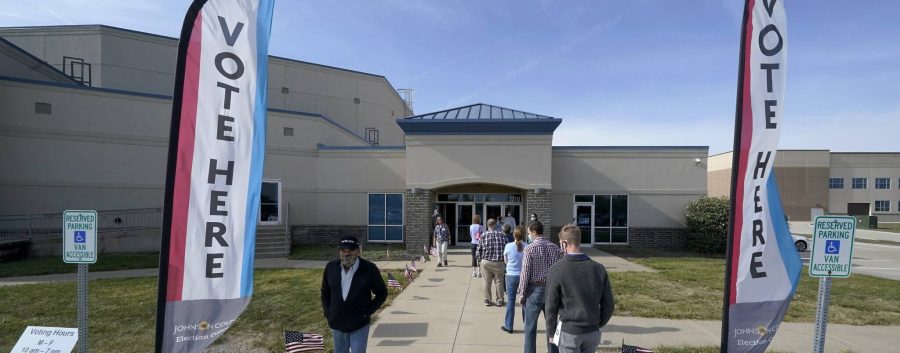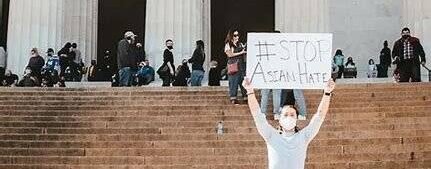Slider image by Abbie Davis.
On Mar. 3 2019, the South experienced a tragic natural disaster. Thirty-nine tornadoes tore through Ala., Ga., and Fla. Not one, but two of these tornadoes swept through the small town of Lee County, Ala, both in the same hour. These tornadoes were the deadliest in the US since 2013, killing 23 people, and were more deadly than all of the tornadoes in 2018 combined.
Meteorologists mentioned that the winds of the first tornado reached up to 175 mph, leaving a track nearly a mile wide. The path of destruction, just from this first tornado, was at least 24 miles long.
These tornadoes came with little warning. Just five minutes after the first warning was sent out, there were the first reports of damage. “The tornado that impacted Lee County actually first touched down in Macon County, Alabama, and there was around 40 minutes of lead time, [meaning the amount of time of notice before a tornado hits the ground]. The Lee County warning was a follow up warning to the warning” says Kevin Laws, a meteorologist from the Lee County area.
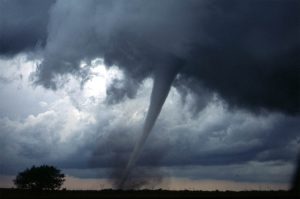
“On average, the lead time for most typical tornado warnings across the US is around 13 min, but as I stress here, the lead time for these events starts days in advance,” says Laws.
Of the 23 people, four of them were children, all ages ten and under. The oldest victim was 89 years old and the youngest was just six. 10 of the people who passed away were from the same family.
Armando Hernandez was the youngest victim who passed away from this disaster. After the tornado passed through Lee County, Hernandez’s mother, Kayla Melton, put out a social media post saying “anyone in the area please help me find him, please!!!” Only a few hours later, his aunt, Tina Melton, posted that Hernandez was unfortunately found dead. As if this was not tragic enough for the family, the tornado also took their home.
August Emile is an Alabama resident not directly affected by these tornadoes but knows people who were. “It made people traumatized, and they were put through something very frightening and disturbing that happened where they live” says Emile.
Sometimes the worst situations bring out the best in people. A Native American tribe called The Poarch Band of Creek Indians decided to help cover the costs of all the funerals so the families have one less thing to worry about. Originally, the tribe donated $50,000. However, after seeing the death toll and the damage, the tribe increased their donation to $184,000 to cover the costs for all of the funerals.
Just a week and a half after this fatal disaster, on Mar. 14, 18 more tornadoes touched ground in central Ala, Ky., Mich., and Ind. Damage includes destroyed houses, toppled trees, and downed power lines. Only one person was injured with minor injuries because a tree fell over on their home, and four cows were killed in result of these tornadoes.
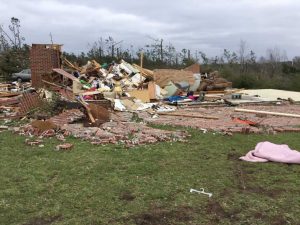
These tornadoes were devastating not just for Ala, but for the South as a whole. They were disastrous and caused plenty of pain and suffering. However, the Poarch Band of Creek Indians taught us all a critical lesson: when the world shows its worst, it is important to bring out humanity’s best.



